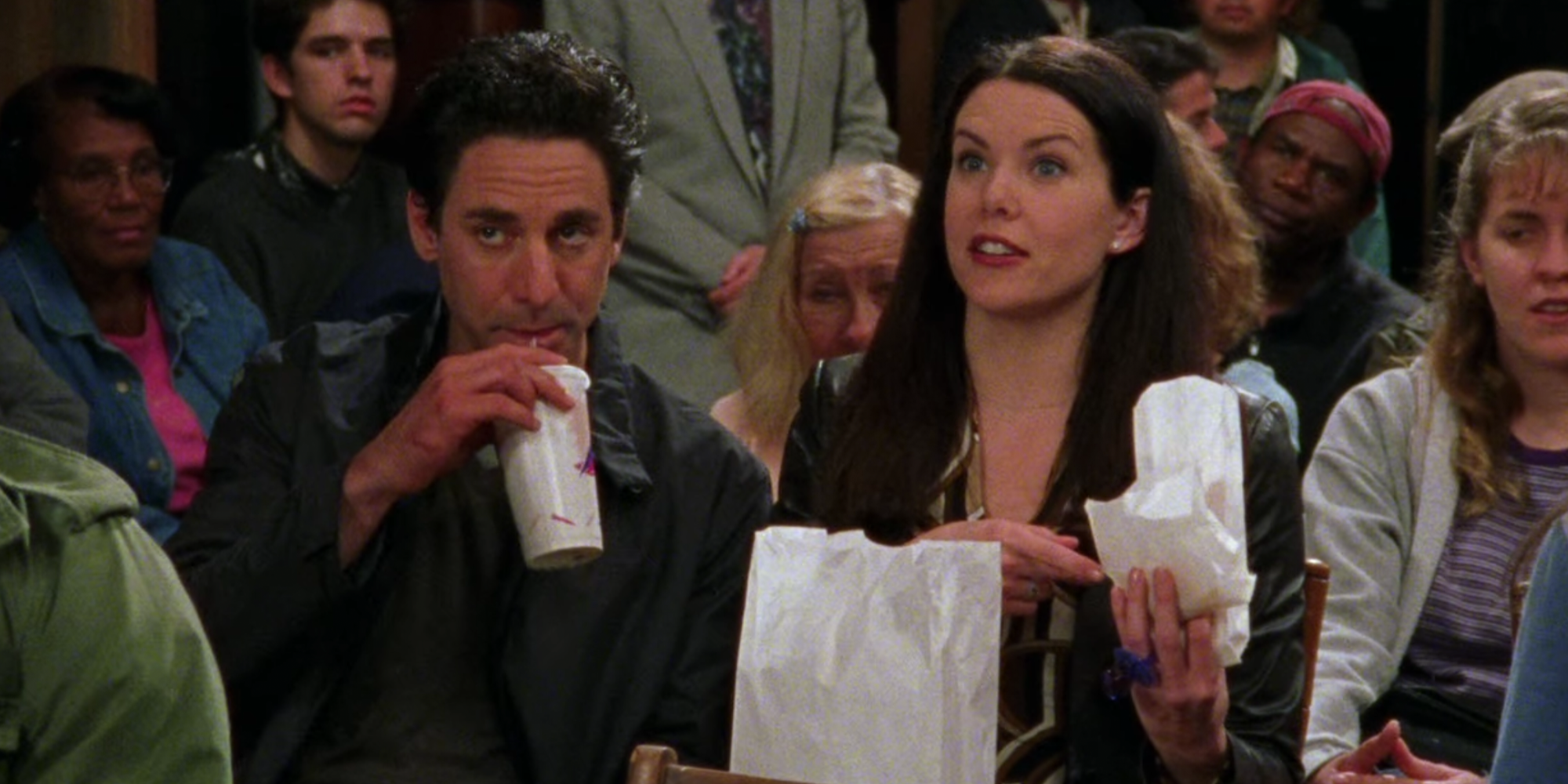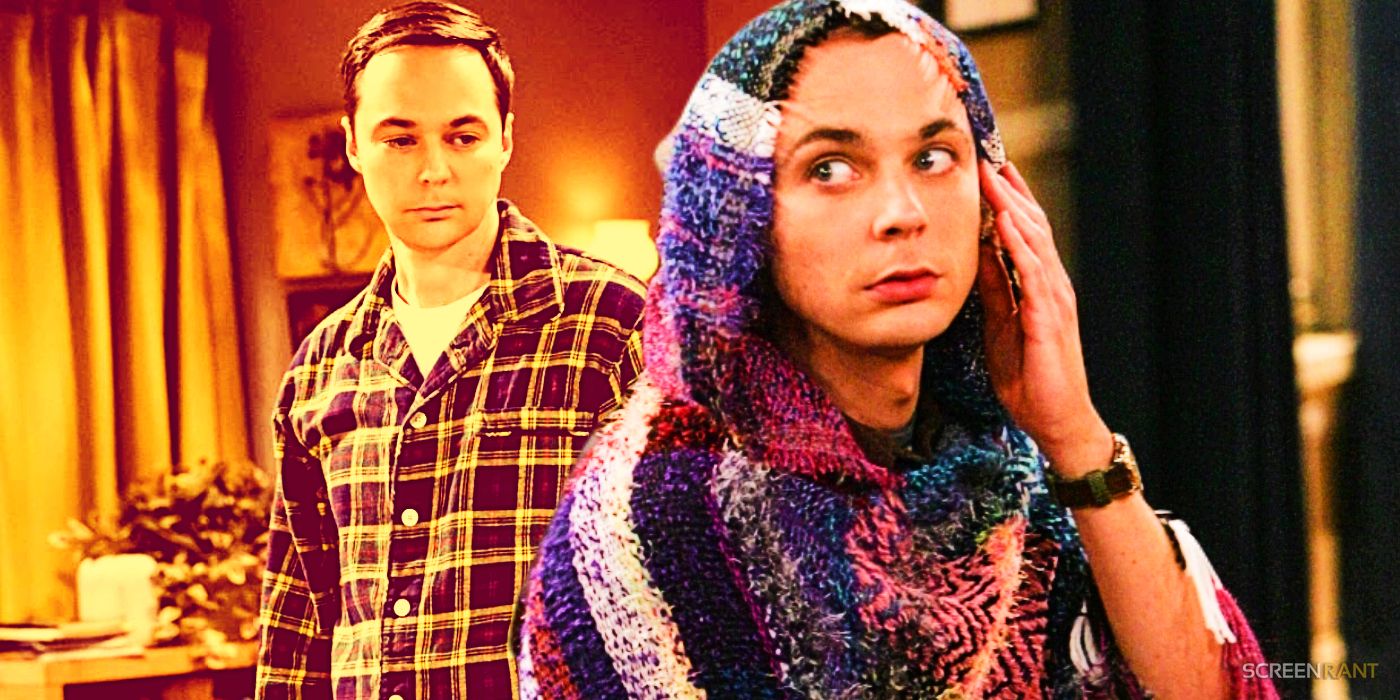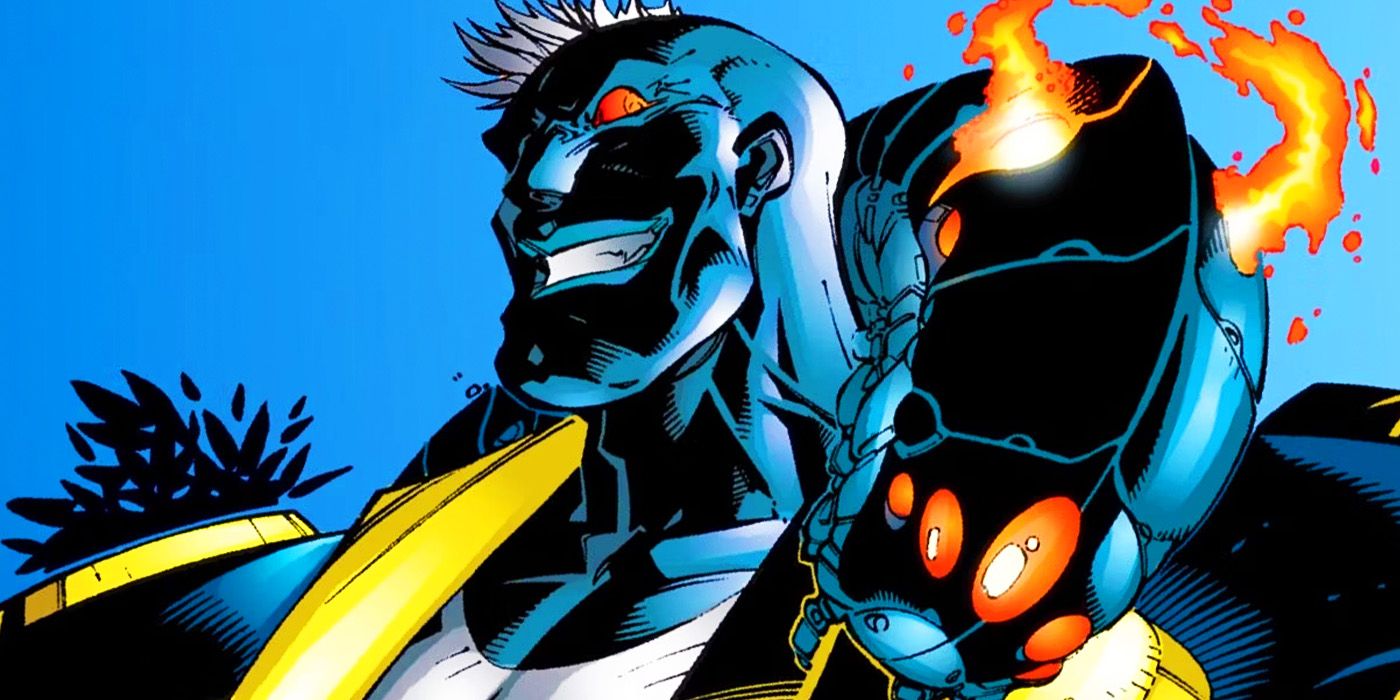The Marvelous Mrs. Maisel brings the ghost of a Gilmore Girls story arc into its season 4 narrative with the introduction of wealthy businessman Solomon Melamid. Audience members might best remember the actor, Scott Cohen, as Lorelai Gilmore’s season 1 love interest (and beloved Chilton English teacher) Max Medina, who was spurned by the protagonist in the early episodes of Gilmore Girls season 2. It seems that show creator Amy Sherman-Palladino is reusing a familiar plotline, and the arrival of Cohen’s character appears to be a slight nod to one of Gilmore Girl’s less-remembered love interests, who bears a striking resemblance to a forgotten love interest of Midge Maisel’s.
The Marvelous Mrs. Maisel explores the rise of female stand-up comic Miriam “Midge” Maisel as she navigates the heavily sexist world of divorce and comedy in late 1950s New York. Following a divorce from her cheating husband Joel—Midge’s version of Christopher from Gilmore Girls—Midge meets and falls for charming doctor and generally pleasant love interest Doctor Benjamin Ettenberg in season 2. However, it was not intended to be, because the Mrs Maisel season 2 ending sees Midge leave Benjamin and have a one-night stand with her ex-husband before she departs for a tour to open for singer Shy Baldwin in season 3.
The love lives of both Midge Maisel and Lorelai Gilmore echo one another, yet both showcase the idea that a woman’s happiness does not stem from her love interests. It is something unexpected to break away from the conventional narrative for women in a television series. The general consensus is that the leading lady meets her match, a dream man, and her relationship with him marks a full stop in the sentence of her narrative. Instead, Midge goes to work in a strip club. It is unfortunately common that a woman’s happy ending is whittled down to her love life, and when the perfect man walks through the door, she is meant to close it on the viewer with the rest of her life behind it.

However, Midge and Lorelai both break the conventional mold. Midge is told by her parents that she makes the wrong choice in leaving Benjamin rather than marrying him. A similar point of contention arises in Gilmore Girls, where Stars Hollow residents lament that Lorelai should have married Max because he was a “nice guy.” The recurring agreement is that both women have sabotaged their life and their happiness, and when they are at their lowest points, someone points out that happiness was in their grasp in the spectre of the good man who offered to marry them—and in the case of Midge, she blew it in Mrs. Maisel’s season 2 ending.
This is not the point that show creator Amy Sherman-Palladino makes. Palladino’s female protagonists are not defined by their love interests, and the fact is that they transcend the expectation of making their male love interest the orbit of their lives. Instead of assuming that the perfect man is the solution to their problems, or that they have thrown away their chance at happiness, The Marvellous Mrs. Maisel’s timeline takes a different turn. It points out that happiness does not come from a love interest, and even if a perfect guy walks into the protagonist’s life, they are no magic antidote or end of the road.
Midge Maisel’s refusal of Benjamin shows audiences that just because a decent guy enters her narrative, it doesn’t mean he has to be her destination, her happy ending or the end goal of her story. Midge’s satisfaction comes from other, more substantial things in her life. The Marvelous Mrs. Maisel presents its audience with the expected happy ending, a perfect man on a silver platter, and then swiftly takes him away. The show expects its audience to learn that a woman’s happiness comes from other aspects of life, not merely a love interest’s arrival.




